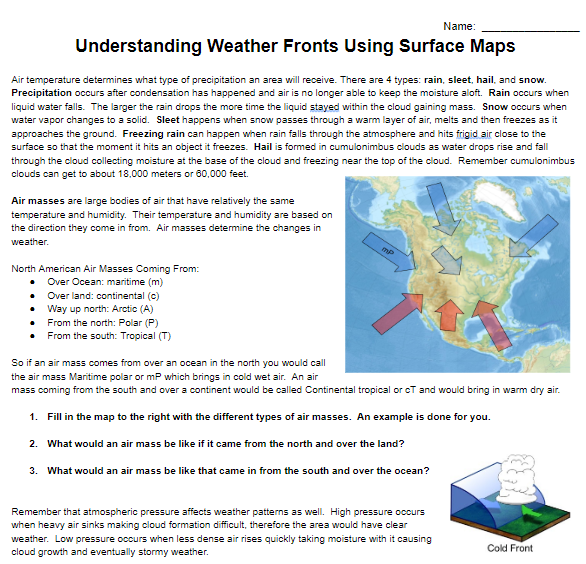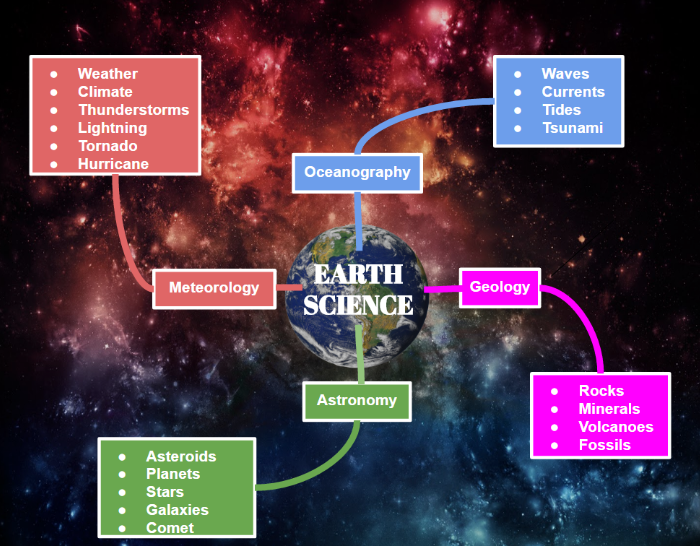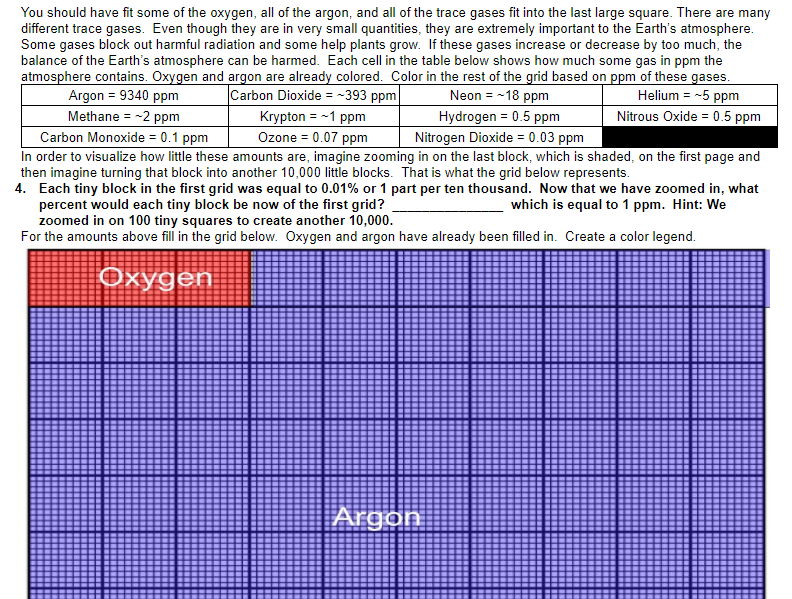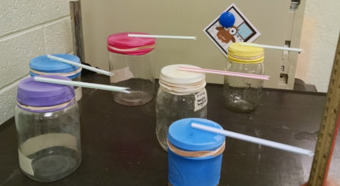Identifying Cloud Types Weather Digital Activity
Image
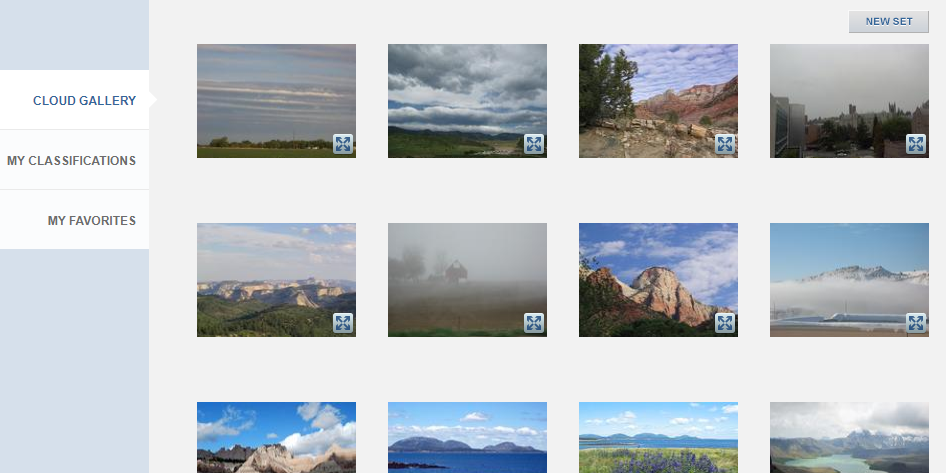
Engage in a captivating Earth Science activity that hones your cloud identification skills. In this interactive session, students will have the opportunity to discern various cloud types by analyzing 10 captivating cloud images, encompassing a minimum of 5 distinct cloud formations. This engaging exercise includes comprehensive teacher guidance and reflective discussions, allowing students to evolve into accomplished "Professional Cloud Identifiers" upon completing this enlightening weather laboratory.

